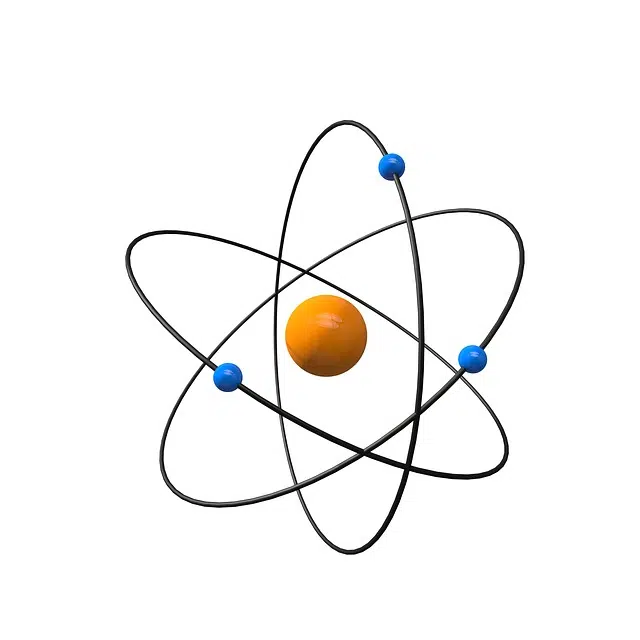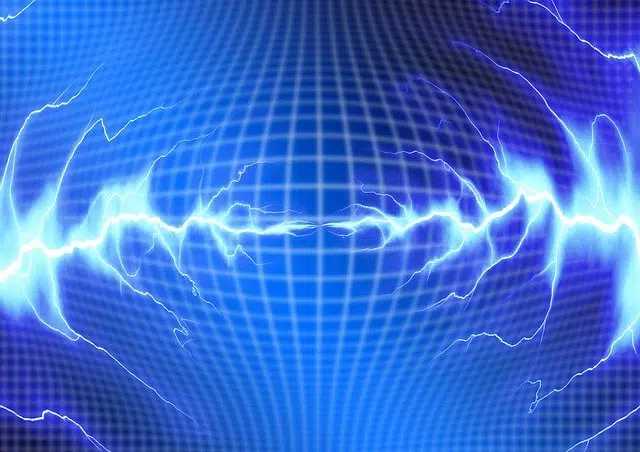
An electroscope allows electrical charges to be detected.
An electroscope is a device used to detect electrical charges . Electric charge , meanwhile, is the level of electricity that a body has.
With an electroscope, therefore, you can know if an element has an electric charge. This artifact has a metal rod arranged vertically, with a pair of thin sheets of aluminum or gold at the lower end and a sphere at the top.
How an electroscope works
This wand is located inside a glass container that has a copper structure in contact with the ground. When an electrically charged object approaches the sphere of the electroscope, the rod becomes electrified and the aluminum sheets, if charged with the same sign, separate as they repel each other. The greater the amount of charge of the same sign, the greater the separation.
Once the object is moved away from the sphere, the plates return to their initial position in the electroscope. This is because aluminum loses polarization .
If the aluminum sheets come together , however, it means that the electroscope and the object approached to the sphere have opposite signs. It is important to mention that the charge of the electroscope is gradually lost due to the conductivity of the air produced by its ions.
The behavior of aluminum sheets
Electroscopes, in short, are used to know if an object has an electrical charge and to know the sign of said charge .
According to the behavior of the aluminum sheets, it can be discovered whether the charge is positive or negative.
Separation angle
The aforementioned sheets are separated forming an angle that can be used to determine the value of the electric charge. To test this theory it is possible to make a very simple electroscope, which requires the use of two small spheres that have the same charge and the same sign. They must be hung using two strips of thread that are at the vertex of the opposite end to that of the spheres.
Each of the spheres forms an angle with respect to the vertical line that can be drawn perpendicular to the ground, and it is from this angle that it is possible to determine its electric charge. It is worth mentioning that the spheres are separated by the action of the repulsive force , one of the three that act on them, the other two being the tension of the rope and the weight . By placing these values in some of the equations associated with the electroscope we can deduce certain relationships useful for solving problems.

According to the reaction of the aluminum sheets of the electroscope, you can know if the electric charge is negative or positive.
For example, tension multiplied by the sine of the angle is equal to the repulsion, while multiplied by the cosine of the angle gives us the weight. We can also say that the sine of the angle divided by the cosine is equal to the repulsion divided by the weight, with which we conclude that the repulsion is equal to the weight times the tangent of the angle. Starting from this last equation and using Coulomb's Law we can find the electric charge using this simple electroscope.
Coulomb's Law, stated by the physicist Charles-Augustin de Coulomb in 1785, states that if we have two electric charges at rest, the magnitude of the forces that interact with them is directly proportional to the multiplication of their own magnitude, thus as inversely proportional to the square of the segment between them, and that its direction is equal to that of this one. He adds that if the charges have the same sign, the force is repulsive, and vice versa.
